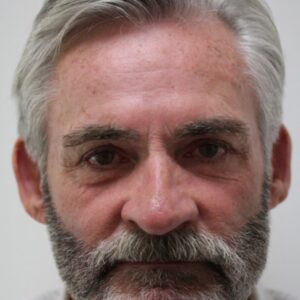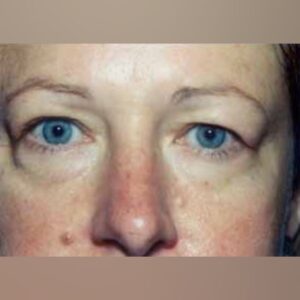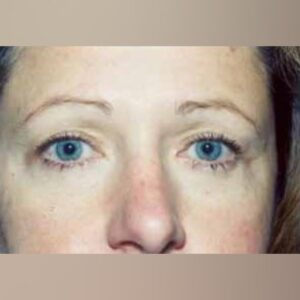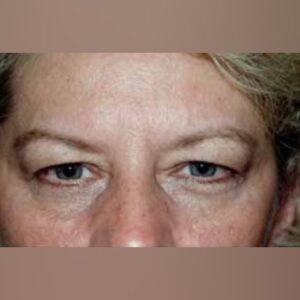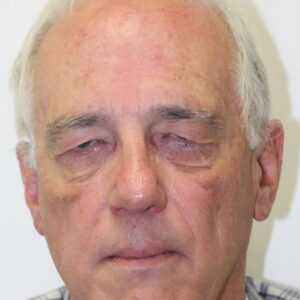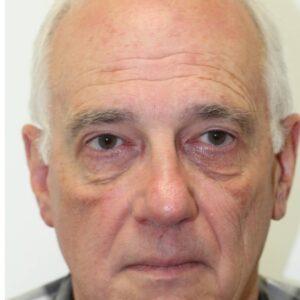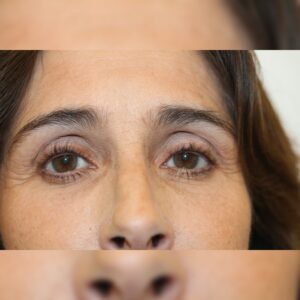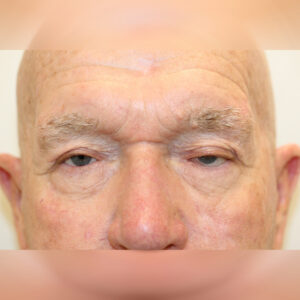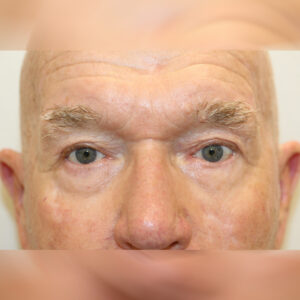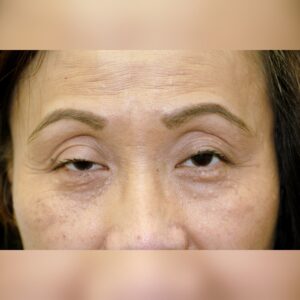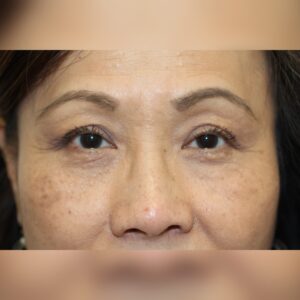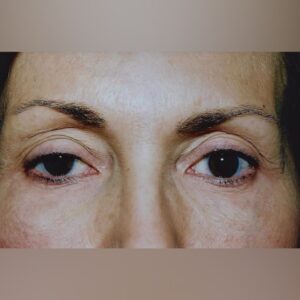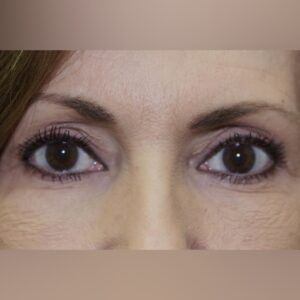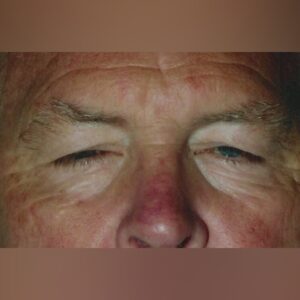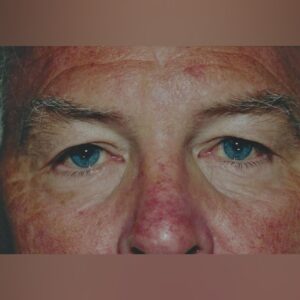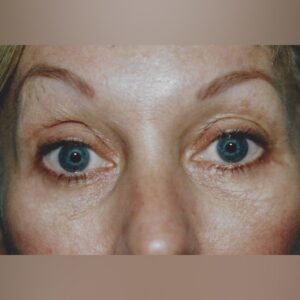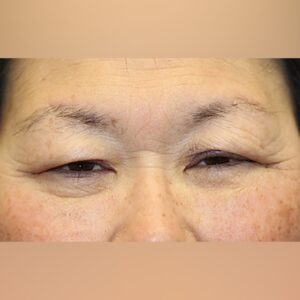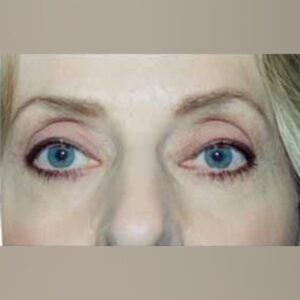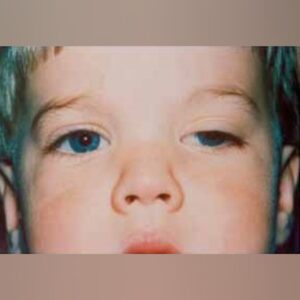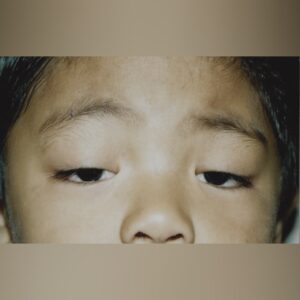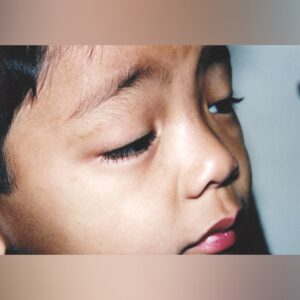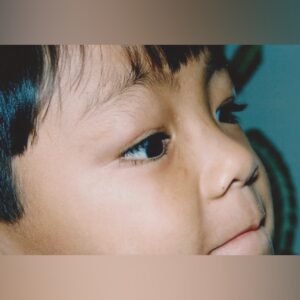Upper Eyelid Blepharoplasty
Upper eyelid blepharoplasty (also known as an eyelid lift or tuck) is an operation that removes excess skin and puffiness from the upper eyelids. In this procedure, an incision is made in the patient's pre-existing upper eyelid crease so that no new line is created. Through this incision, excess skin is removed and the area may be gently sculpted to enhance the contour between the eyelid and the eyebrow. This procedure results in a more youthful and rested look. It can improve peripheral vision and can lessen the feelings of fatigue and eye strain. Medical insurance may cover a portion of the procedure if the excess eyelid tissue covers a part of the pupil and blocks the peripheral vision.
Note: You may click on any image below in this article to enlarge and view the description.
This gentleman only wanted what was needed to see better, so he only had an upper eyelid blepharoplasty.
Ptosis Repair
Ptosis, or droopy upper eyelids, results from inadequate muscle function. This can occur because the muscle that raises the eyelid thins or slips. The result is that the eyelid margin (the part the eyelashes are attached to) drops down to cover the top portion of the eye and sometimes even the pupil. This can be seen in children who are born with eyelid muscle that contracts poorly.
Eyelid ptosis is repaired by shortening the muscle, or by reattaching a slipped muscle, to raise the eyelid. There are two muscles in the eyelid: the major muscle, the levator palpebrae, which is just under the eyelid skin, and a smaller Mueller’s muscle which is posterior near the back surface of the eyelid. Either or both of these muscles may be operated on.
Ptosis Repair: Adult Posterior
In this surgery the smaller posterior muscle, or Mueller’s muscle, is shortened. The posterior ptosis repair takes less surgery time than the anterior levator advancement. A test can be performed in the office before surgery that will show the doctor and the patient what results can be expected from the procedure. The incision is made on the back surface of the eyelid so there is no skin incision.
This procedure can be performed in combination with an upper eyelid blepharoplasty so that the eye is opened wider and excess skin is removed.
Ptosis Repair: Adult Anterior
In this procedure, an incision is made to the patient's pre-existing upper eyelid crease. While in the operating room, using sedation and local anesthesia, the patient will be asked to open and close his or her eyes. The stitches that shorten this eyelid muscle are adjusted so the eyelids can match each other in height, and have a desirable matched arch and contour to the eyelid margin. Excess skin can be removed, using a blepharoplasty procedure, through the same incision site that is used to shorten the muscle.
Ptosis Repair: Childhood Ptosis
Some children are born with levator palpebrae muscles that do not work well. The movement of the eyelid from down-gaze to up-gaze is decreased. Although the surgery cannot increase the range of motion, a drooping eyelid can be raised to open the eye wider. This procedure generally requires a larger amount of shortening of the levator palpebrae muscle than in adults. In children there is a greater chance of needing a second operation to get the levels just right.




